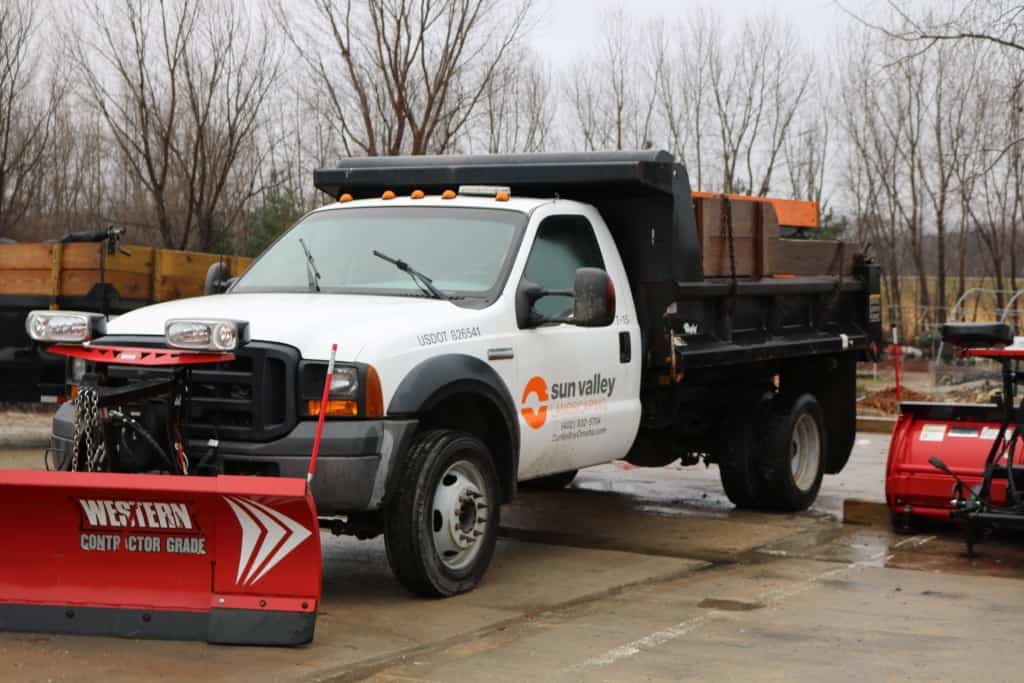25 Nov The Top 5 Ice Melt Myths
The Top 5 Ice Melt Myths
1. Wind chill affects the freeze-thaw cycle of ice melt and salt.
False: Only the actual temperature will affect the freeze-thaw cycle of ice melt.
2. Ice melt damages surfaces.
False: It is a common misconception, however ice melt barely interacts with concrete from a chemical standpoint and will not hurt sidewalks, brick etc. When ice melts and refreezes, it expands and pushes apart the concrete, which may cause damage.
3. Rock salt is more frugal and efficient, and therefore is the best type of ice melt.
False: Pure calcium chloride (8-10%) is actually the better option because it will save you time and money by melting ice buildup faster.
4. The coldest temperature ice melt is the best option because it will melt ice faster.
False: We recommend picking the temperature of your ice melt based on where you live. This will vary by state and environment, so you should have an ice melt on hand for above-zero temperatures and save the coldest temperature ice melt for sub-zero temperature days.
5. All ice melts are “salt free.”
False: Most ice melts are a blend of salt with other ingredients.



